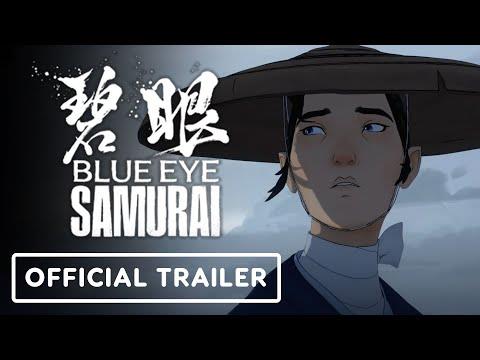
Historian Looks At Anime: Blue Eye Samurai
Netflix's Blue Eye Samurai is an anime series set during the opening decades of Japan's Edo period (1603–1867), also known as the Tokugawa period. Among other subjects, the series addresses – with varying degrees of histocial accuracy – violence, the role of samurai and what life was like for women and people of mixed heritage.
Japanese society was strictly stratified at that time, as the series frequently makes clear. The hierarchy, ranked in descending order, consisted of the samurai, farmer, artisan and merchant classes.
Even in the early stages of the 17th century Edo period, the entire samurai ruling class centered around the role of the warrior. But by the time the series opens, in the 1650s, the country was unified – a political and economically stable society – and this meant that the role of the samurai was in decline.
Nevertheless, the samurai still defended the ideals of loyalty, courage and honor. It is these ideals that motivate Blue Eye Samurai's principal characters, Mizu, Ringo and Taigen.
Real people of mixed heritage in Edo-period JapanMizu (Maya Erskine) is a mixed-heritage white and Japanese woman living undercover as a male swordsmaster . She undertakes a quest for vengeance against four British men (one of whom may be her father) who illegally remain hidden while the Japanese isolation policy, sakoku , remains in effect.
Under sakoku, only Dutch traders were permitted entry to Japan, and they were confined to a small man-made island off Nagasaki. The isolationist policy of the Tokugawa shogunate (Japan's military government during the Edo period) effectively closed the country's borders to all outside influences through a number of edicts issued between 1633 and 1639.

Legal Disclaimer:
MENAFN provides the information “as is” without warranty of any kind. We do not accept any responsibility or liability for the accuracy, content, images, videos, licenses, completeness, legality, or reliability of the information contained in this article. If you have any complaints or copyright issues related to this article, kindly contact the provider above.


























Comments
No comment